As the weather gradually warms up (slower in some parts of the country than others it seems), spring showers will start to move in, increasing moisture in the air. We know this is great for all of our outdoor plants, as we start to see spring blooms. But what about our indoor plants? Do they get any of that humidity? What if you live in a dry climate, like us, here in sunny Arizona? How can you help increase humidity for your indoor plants?
Today, let’s experiment with different ways to provide our indoor plants with more moisture. We’ll use our moisture indicator test strips to see what works best.
Materials
- Indoor Plants
- Spray Bottle
- Terrarium
- Water
- Tray
- Pebbles
- Humidifier
- Humidity Test Strips
Background
Let’s start by making sure we understand the concept of humidity. Absolute humidity is the mass of water vapor divided by the mass of dry air in a volume of air at a given temperature. The hotter the air is, the more water it can contain.
Relative humidity is the ratio of the current absolute humidity to the highest possible absolute humidity (which depends on the current air temperature). If a weather report says that there is 100% relative humidity, it would mean that the air is completely saturated with water vapor, and it can’t hold anymore. Yikes! That sounds awful.
Relative humidity is typically what we hear about, and this is what our humidity test strips measure. To learn more details about humidity and how meteorologists measure, we recommend reading this article from Scientific American.
 Another term we need to understand is evaporation. Evaporation occurs as water changes from a liquid to a gas or vapor. Studies have shown that oceans, seas, lakes and rivers provide nearly 90% of the moisture in the atmosphere via evaporation. Thus, as water evaporates from these bodies of water, it enters the atmosphere as water vapor, which creates humidity, and depending upon the air temperature, can be a higher or lower percent.
Another term we need to understand is evaporation. Evaporation occurs as water changes from a liquid to a gas or vapor. Studies have shown that oceans, seas, lakes and rivers provide nearly 90% of the moisture in the atmosphere via evaporation. Thus, as water evaporates from these bodies of water, it enters the atmosphere as water vapor, which creates humidity, and depending upon the air temperature, can be a higher or lower percent.
To read up further on evaporation, we recommend reading this article about the water cycle from USGS.
Experiment
For this experiment, you can use any household items you can find to create moisture for your plants. Ultimately, this experiment should be ideas you come up, but as always, we’ll give you some suggestions to get started.
So, what do you think are some ways to get more moisture to your indoor plants? Think about what you now know about humidity and evaporation. Aside from the obvious, watering the plant on a regular basis, there are definitely other methods that can help keep the soil moist for a longer period of time.
We know evaporation occurs from bodies of water, creating water vapor in the air. Let’s try putting pebbles and water in a tray. Level the pebbles out as much as possible, then set your plant on the tray. Do you think the water will evaporate and create enough water vapor to help keep the plant and soil moist?
What if we use a spray bottle to mist the plants? How about setting a humidifier near the plants? Try grouping plants together to see if the moisture in the soil will help create a humid environment. What about setting the plants in the bathroom? This is a moist environment, which also tends to get warmer, so double-whammy.
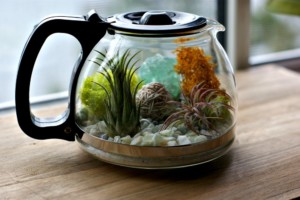 How about growing your plants in a terrarium, which is a contained environment? If you don’t have a terrarium, you can definitely make one from household items. Try searching “DIY terrarium” and see what you can find. There are plenty of ideas using vases, mason jars, glass bottles, light bulbs, and even coffee pots.
How about growing your plants in a terrarium, which is a contained environment? If you don’t have a terrarium, you can definitely make one from household items. Try searching “DIY terrarium” and see what you can find. There are plenty of ideas using vases, mason jars, glass bottles, light bulbs, and even coffee pots.
What other methods of increasing humidity can you come up with? Once you have decided on the methods you want to try, write each one down in your laboratory notebook. Rank each method on how well you think it will work, with number 1 being the best.
Next, you’ll need the humidity test strips. Using one strip per environment, test the humidity levels in each. Hold one test strip in the air next to the plant. The test strips respond to relative atmospheric humidity in the range of 20%-80%. The strips contain 4 test pads, which all start out as blue. As the percentage of relative humidity increases, the pads will turn pink, starting with the first pad on the end of the strip, then turning the other pads pink as it continues to increase.
Record your humidity results in your laboratory notebook. Are you surprised by the results? What other factors might have contributed to the results. Do you think the results varied by the type of plant or the planter they were in?
Going Further
There can always be more to an experiment. If you want to take this a step further, here are a few options.
Do some research to find what the ideal humidity is for house plants. Can it be too high? What effect would this have? According to your results, what is the best method of creating the ideal humidity level? Try experimenting by plant types. What plant types hold moisture better than others and are more drought tolerant?


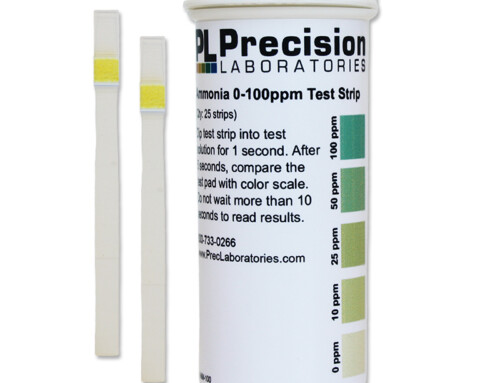
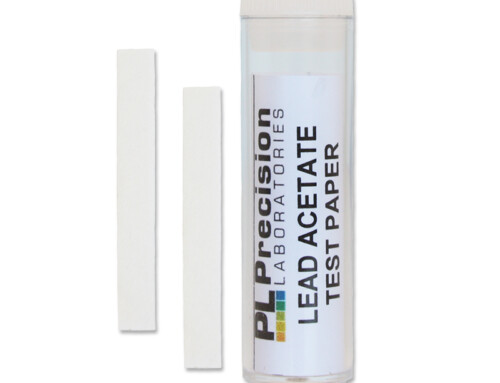
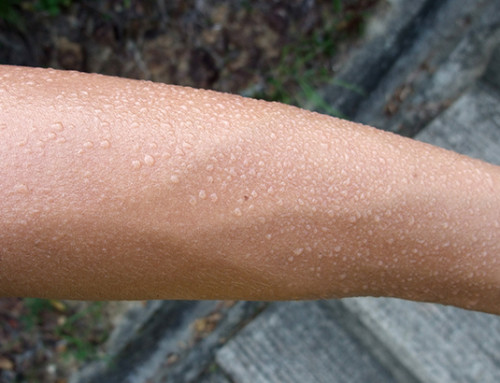
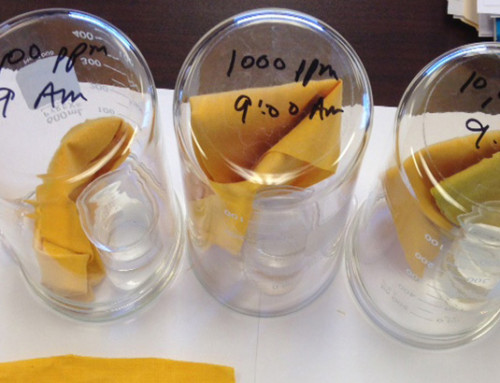
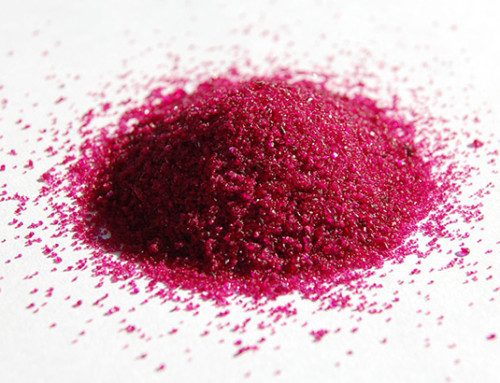
Leave A Comment